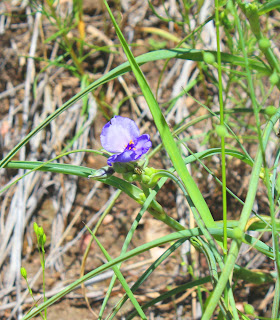This Saturday, July 16, I will make a presentation on nature journals to the 2016 Virginia Master Naturalist Class. Here is a list of resources for nature journals. Many of the links I listed on the slides on my powerpoint have been broken but all of these work:
Links:
Smithsonian reference on nature journals for children:
American Museum of Natural History on nature studies for children
How to draw and make observations in nature:
Books:
Nature journaling: learning to
observe and connect with the world around you. Clare Walker Leslie and
Charles E. Roth
A trail through leaves: the
journal as a path to place. Hannah
Hinchman.
Herman, Steven G. 1986. The Naturalist's Field Journal: A manual of instruction based on a system established by Joseph Grinnell. Buteo Books. Vermillion SD.
Herman, Steven G. 1986. The Naturalist's Field Journal: A manual of instruction based on a system established by Joseph Grinnell. Buteo Books. Vermillion SD.





